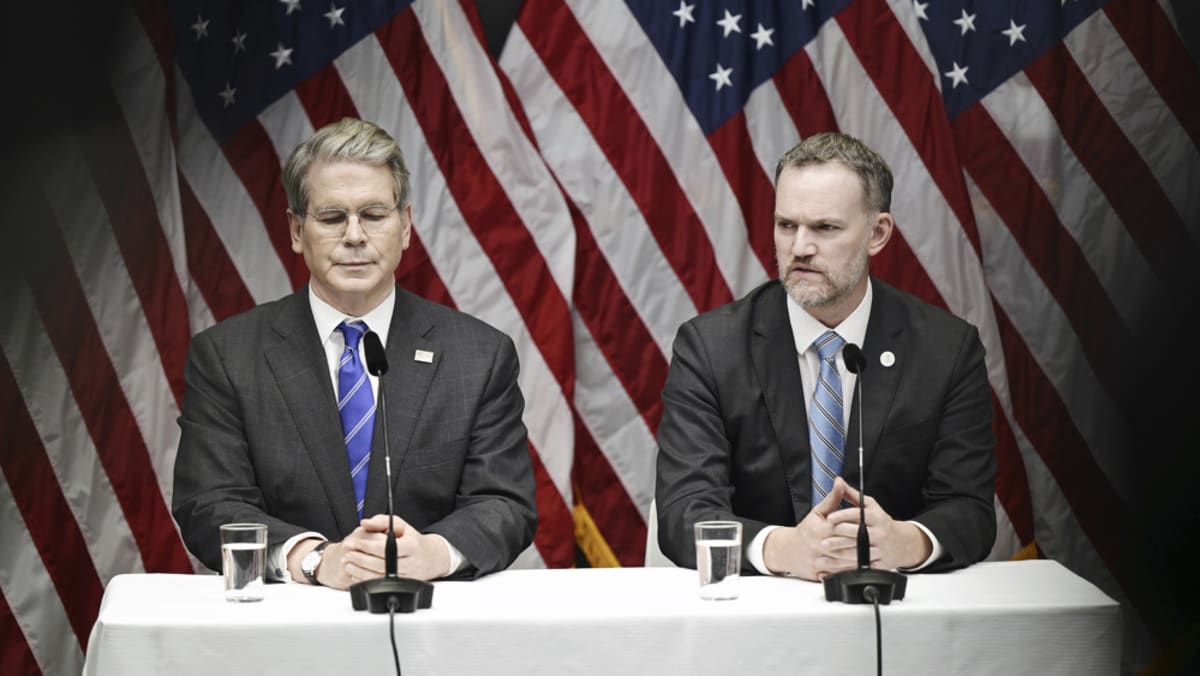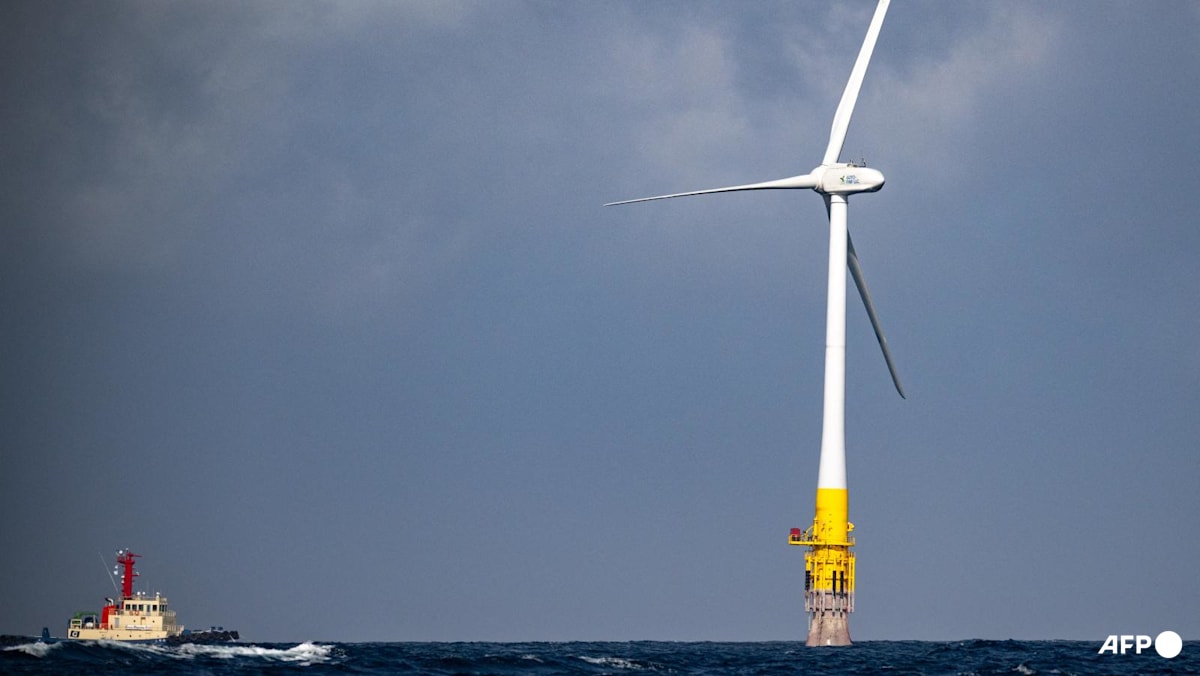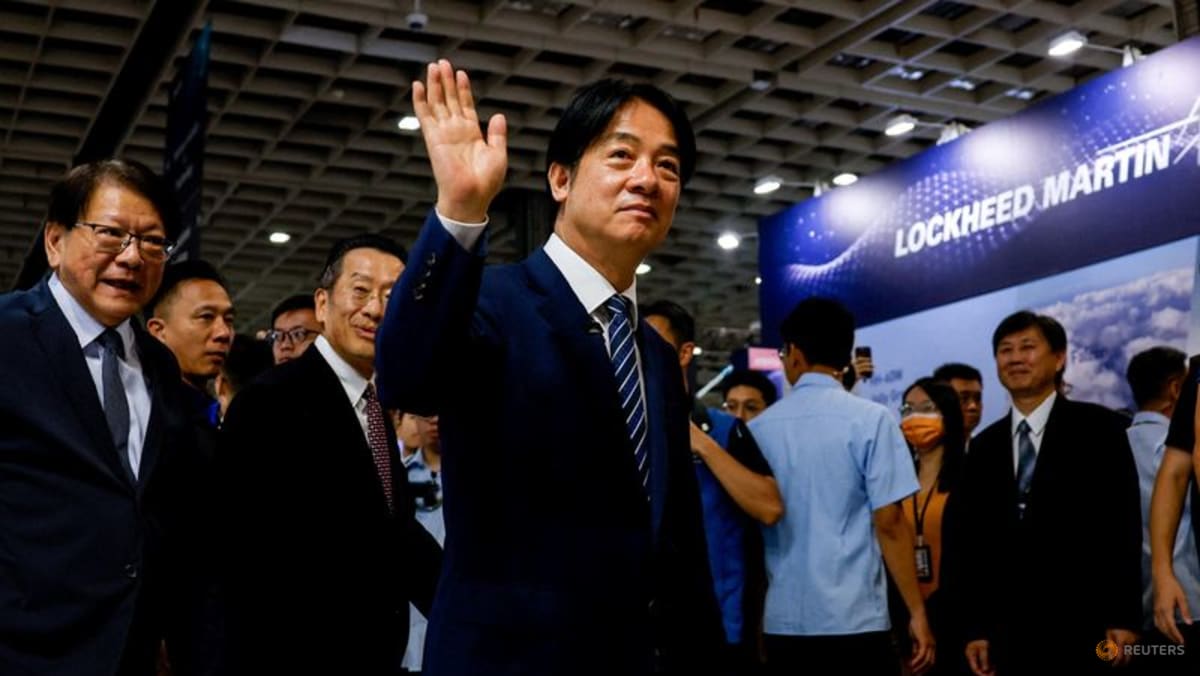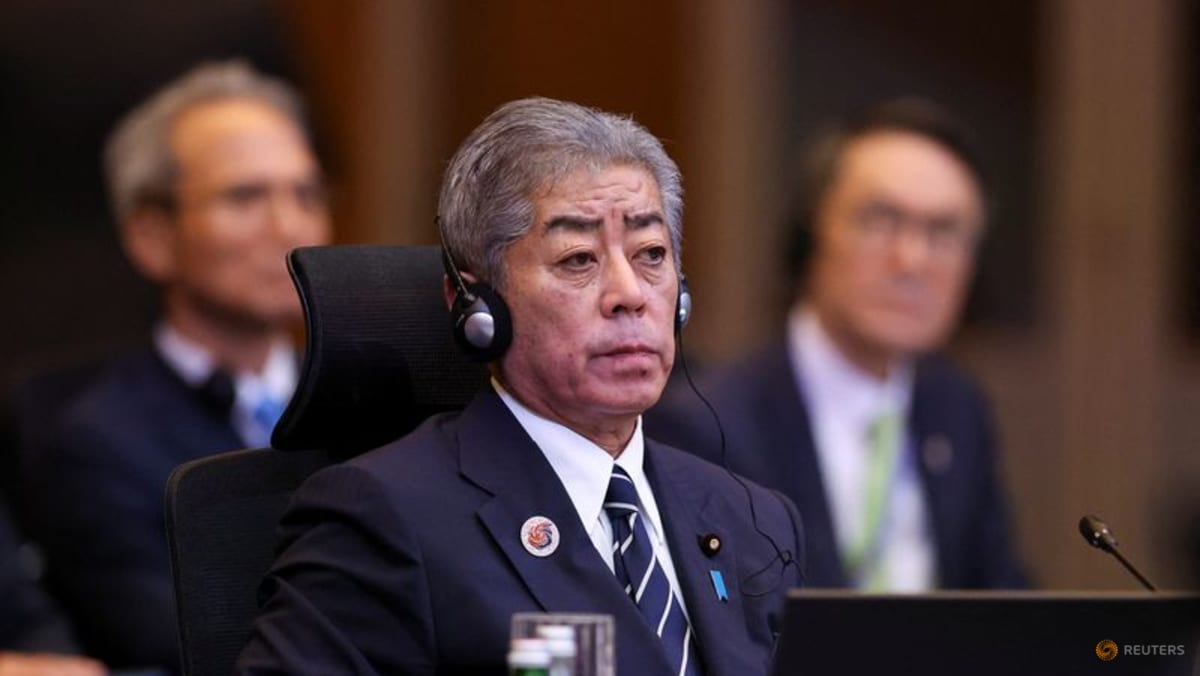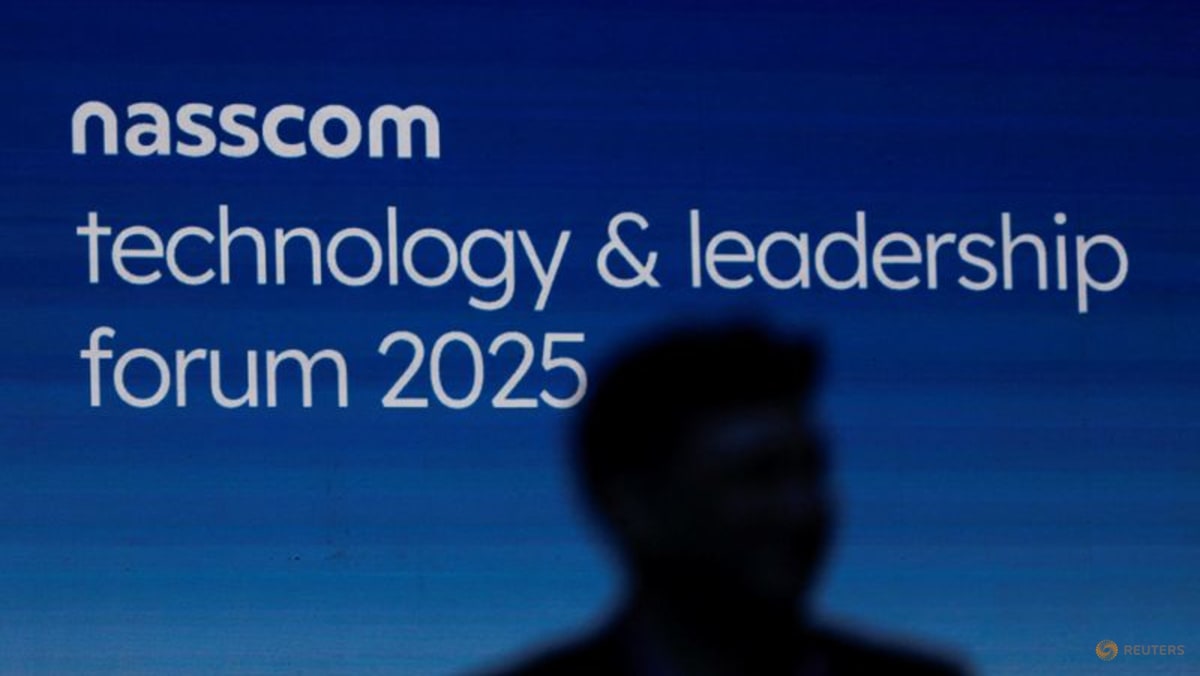TRUMP SEES MEETING WITH XI BY YEAR-END
Bessent said there would likely be another meeting between US and Chinese officials in about 90 days, and the agreements on the flow of Chinese rare earths were becoming more refined after previous talks in Geneva and London.
“There was good personal interaction being built up, good, mutual respect. I think we understand their agenda much better,” he said. Underlining the stakes, the International Monetary Fund on Tuesday raised its global growth forecast but flagged a potential rebound in tariff rates as a major risk.
China’s top trade negotiator Li Chenggang said both sides fully recognised the importance of maintaining a stable and sound economic and trade relationship.
“The Chinese and US economic and trade teams will maintain active communication, exchange views on economic and trade issues in a timely manner, and continue to promote the stable and healthy development of bilateral economic and trade relations,” said Li.
The talks could pave the way for a meeting between Trump and Chinese President Xi Jinping later in the year, though Trump denied going out of his way to seek one and US officials said the topic was not discussed. Aboard Air Force One, Trump said he thinks he will meet with Xi before the end of the year, though he did not elaborate.
The Stockholm meetings also included a lengthy discussion on the US and Chinese economies, with Greer and Bessent emphasising the need for China to shift away from a state-led, export-driven manufacturing economy to one powered by increased consumer demand, which would help US exports.
“Cooperation between China and the United States will benefit both sides, while if they fight both will be hurt,” according to a readout of the meetings from China’s state news agency Xinhua. “Stable, healthy and sustainable economic and trade relations between China and the United States are not only conducive to achieving their respective development goals, but also conducive to promoting the development and stability of the world economy.”
CHINA VS. EU TALKS
The Stockholm talks follow Trump’s biggest trade deal yet with the European Union on Sunday for a 15 per cent tariff on most EU goods exports to the United States, and a deal with Japan. That agreement has brought a measure of relief to the EU but also frustration and anger, with France denouncing the deal as a “submission” and Germany, Europe’s largest economy, warning of “significant” damage.
China can exercise leverage with its grip on the global market for rare earths and magnets, used in everything from military hardware to car windshield wiper motors, analysts say.
Unlike the EU, it does not rely on the United States for security ties and can let trade talks play out for several more months, Cyrus de la Rubia, chief economist at Hamburg Commercial Bank, told Reuters.
“China is well aware of its strong negotiating position, as could clearly be seen in the temporary escalation observed in April,” he said.
“But over Europe always hangs the Damocles sword of the US withdrawing its security guarantee, and that is why the EU did not escalate the situation like China did.”
Previous US-China trade talks in Geneva and London in May and June focused on bringing US and Chinese retaliatory tariffs down from triple-digit levels and restoring the flow of rare earth minerals halted by China; and Nvidia’s H20 AI chips and other goods halted by the United States.
Among broader economic issues, Washington complains that China’s state-led, export-driven model is flooding world markets with cheap goods, while Beijing says US national security export controls on tech goods seek to stunt Chinese growth.
Separately, China’s industry minister on Tuesday met with a delegation of US businesses, including Apple, in Beijing, and pledged to uphold fair and open market competition and provide support and services for foreign enterprises.





